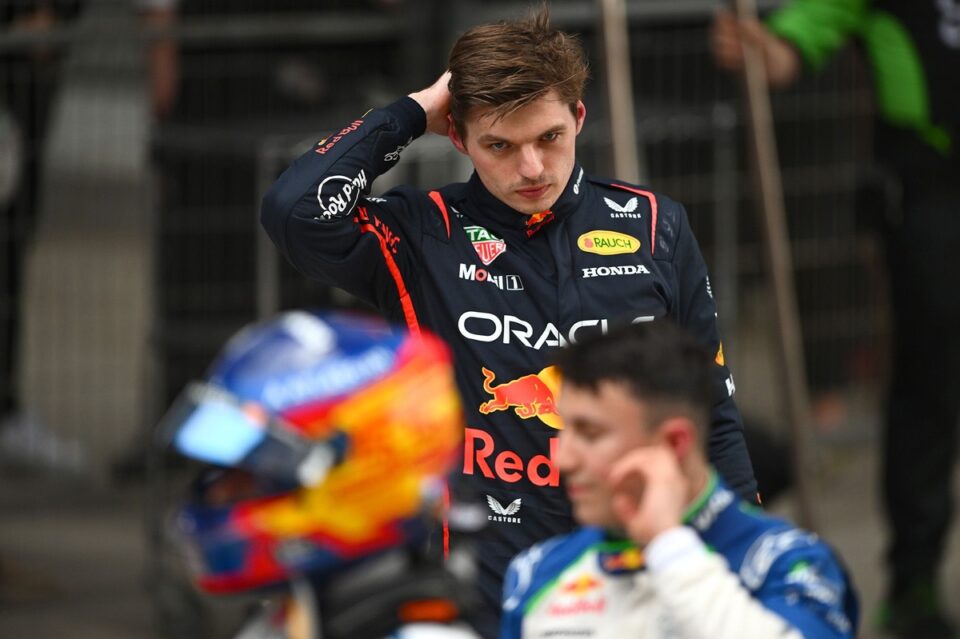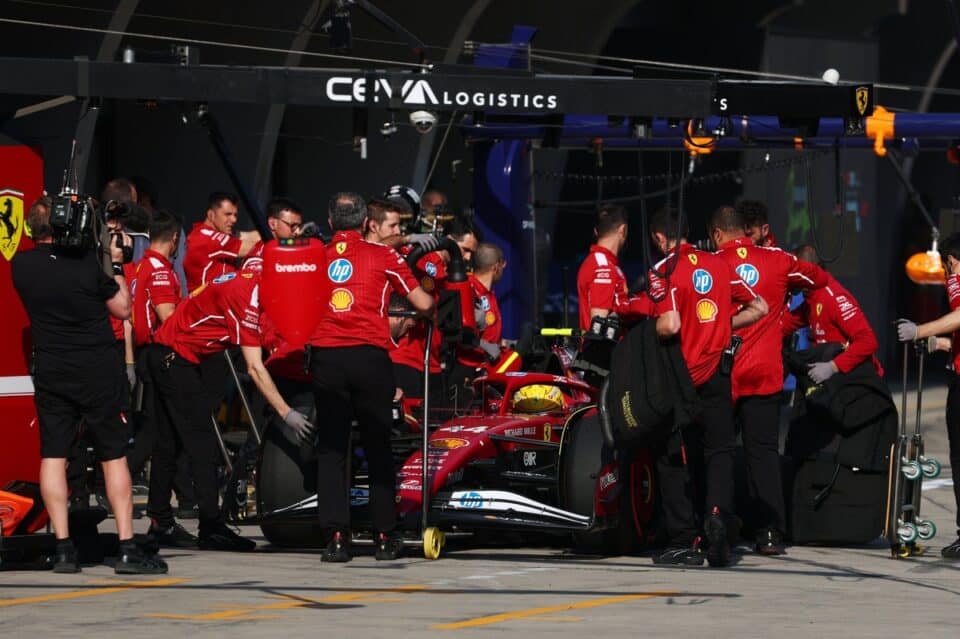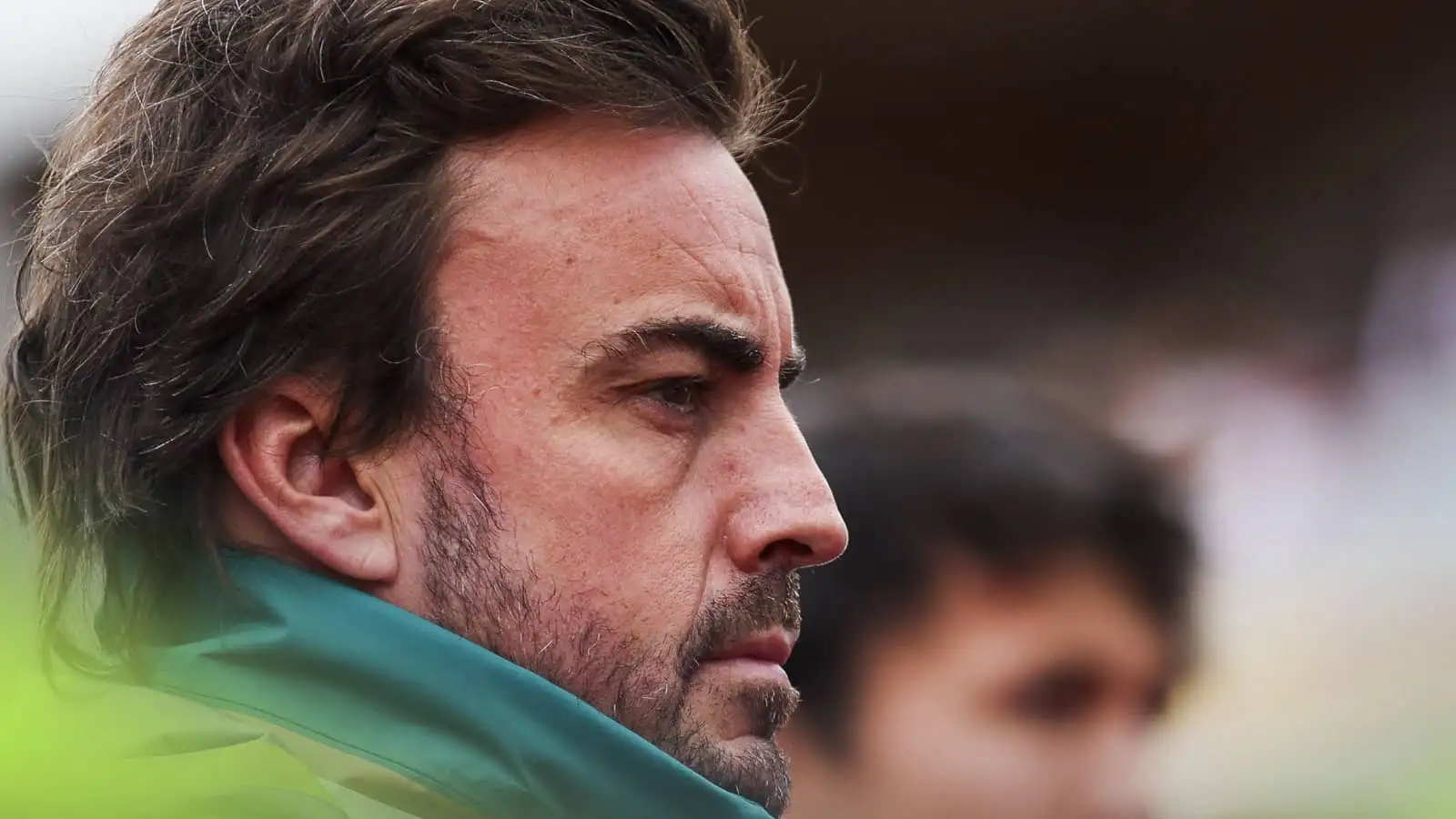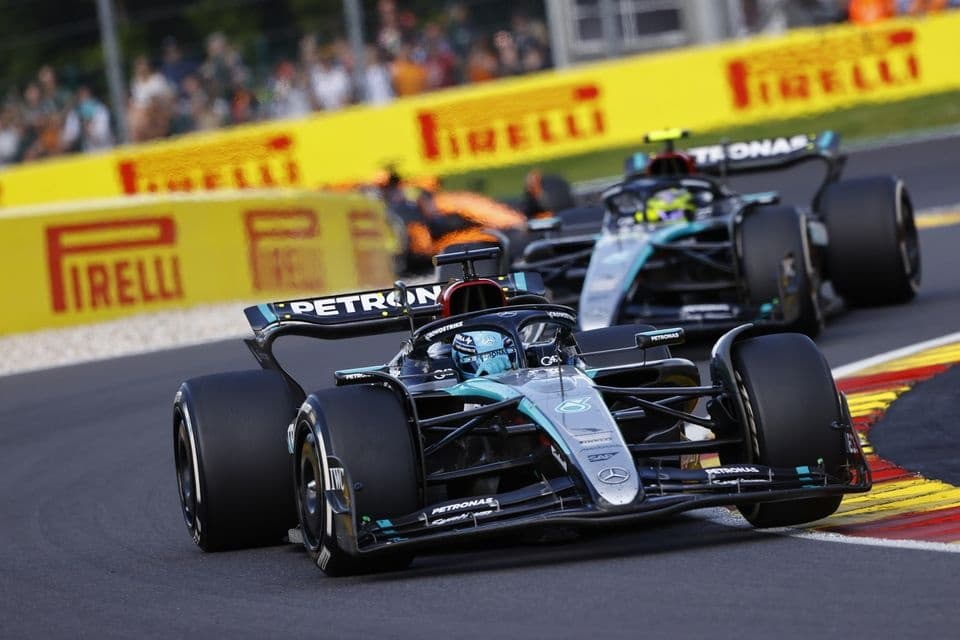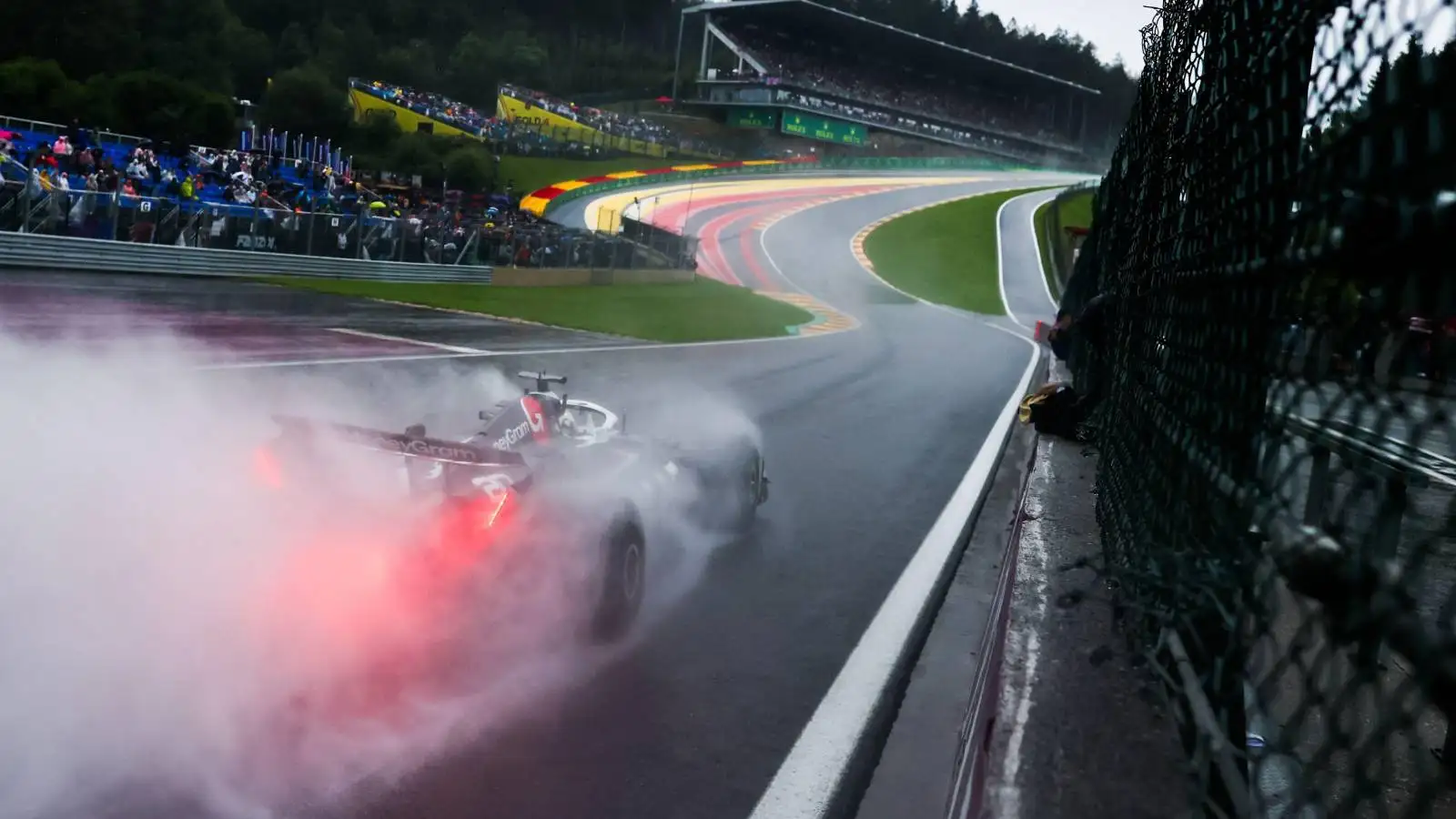The thrill of the Chinese Grand Prix took an unexpected twist when both Lewis Hamilton and Charles Leclerc were disqualified, leaving fans and teams in a state of shock. The reason behind this decision was a failure to pass the FIA’s post-race inspecitons for different issues. Ferrari, the team in question, has stepped forward to clarify the causes of this surprising outcome.
The disqualification meant a huge blow to Ferrari, who were eyeing a double points finish at the Shanghai circuit. Hamilton, crossing the line as P6, and Leclerc, finishing at P5, saw their efforts wiped from the board, igniting a storm of questions from the racing community. Ferrari has now provided detailed explanations to help fans understand what went wrong.
Unexpected Scrutineering Outcomes
Ferrari’s joy at what seemed to be a promising race weekend turned sour when both their cars were found lacking in terms of the FIA regulations. Leclerc’s car was underweight by precisely 1 kg. Meanwhile, Hamilton’s car faced issues with the skidblock wear, which was over the legal limit by 0.5mm. This disqualifying revelation came as a surprise to many, given Ferrari’s meticulous attention to detail.
Ferrari’s Official Statement
Ferrari lamented the outcome, expressing regret over the disqualifications that they claimed were purely accidental. The team promised to learn from these errors and improve their race strategies moving forward. Addressing fans, Ferrari acknowledged their unwavering support despite the setback.
Learning from Past Incidents
Frequently, the margin for error in these calculations is razor-thin. Teams like Ferrari have to stay ahead in adjusting to real-time changes on the track. Although the disqualification was a setback, it’s a learning opportunity that Ferrari and other teams can take forward to refine their future approaches.
Hamilton’s Frustrations and Missteps
Ferrari acknowledged the setbacks faced by their drivers, focusing on the need for better synergy between the car mechanisms and team strategies. Keeping mistakes to a minimum is essential in this highly competitive environment, especially when milliseconds can dictate outcomes.
Leclerc’s Cautionary Note
His observations remind us that racing thrives not only on performance but on the capacity to respond to setbacks. Adaptability remains crucial to handling the highs and lows that racing inevitably throws at drivers.
Ferrari’s Path Forward
Their statement was both a reassurance to fans and a commitment to internal improvement. By addressing the issues transparently, Ferrari sets a precedent for accountability and forward-thinking. In high-stakes environments, maintaining this ethos helps teams stay grounded and focused on their long-term objectives. Ferrari’s approach is a testament to their dedication towards continuous improvement amidst challenges.
Implications for Future Races
Ultimately, every race presents unique challenges and learning opportunities. Teams like Ferrari must navigate ever-changing dynamics to succeed. By learning from setbacks, they can refine approaches to gain competitive advantages.
Conclusion: Lessons from the Pit Lane
Ferrari’s experience in China showcases the inherently unpredictable nature of F1. The disqualification, though disappointing, serves as a lesson about the high stakes involved when competing at the top level. Teams must stay agile, continuously adapting in pursuit of the sport’s pinnacle achievements.
The disqualification of Hamilton and Leclerc at the Chinese Grand Prix is a powerful reminder of the challenging nature of F1 racing. Ferrari’s transparency offers insights into their strategies and challenges. As the season progresses, both the team and its drivers will aim to learn and adapt, ensuring stronger performances ahead.

